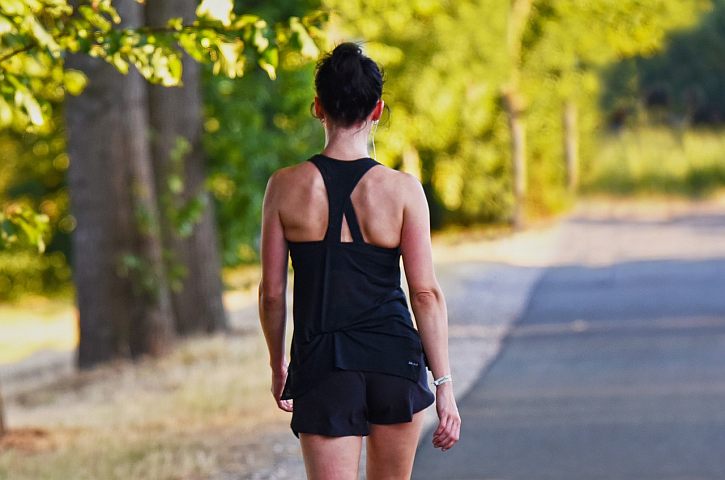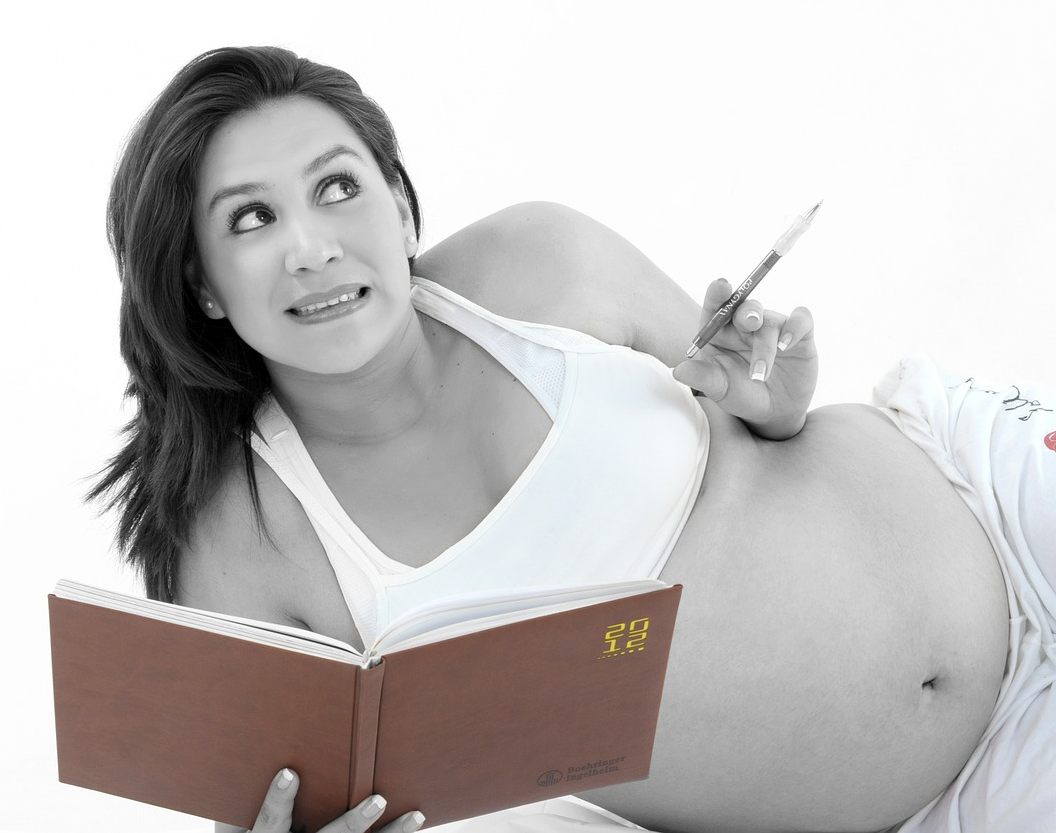Many women refer to their menstrual cycles as their periods. This synonym often had an unfortunate meaning for female athletes. Consider how a period puts a stop to a sentence. For female athletes, their periods would put a stop to their workouts. But, research is showing that women do not even need to pause their workouts when their menstrual cycles kick into action.

Despite women have menstrual cycles since the beginning of time, science is just starting to study how their cycles after their athletic performances.
For years, women have believed myths about their menstrual cycles and athletic activities. Some of those myths include how hormones affect performance. Others refer to how women should not exercise when they are having their period. These myths have prevented women from fully understanding their bodies and how they use their menstrual cycle to their advantage.
The menstrual cycle has four distinct phases. Menstruation is the phase where the lining of the uterus leaves the body. This is the part of the cycle where women can use supplies like the Divacup.com to stay involved in athletic training. Most periods last a few days to one week. The other phases include the follicular phase, ovulation, and the luteal phase. It’s during these phases that the menstrual cycle affects the female athlete.
-
Follicular phase
During the follicular phase, women’s pain tolerance increases. Women also have higher energy levels. So, during this phase, women should engage in workouts that are higher in intensity than their usual ones. During the follicular phase, women should engage in more strength training. The rationale behind this is that estrogen levels increase late in the follicular phase. Women should also eat carbs while exercising, as the body does not store carbohydrates effectively during this stage. Endurance athletes should pay attention to their carbs during this phase.
-
Ovulation
Researchers have found that women have increased strength, especially in their quadriceps muscles during ovulation. While women notice an increase in strength during their ovulation phase, they are more likely to be injured. For example, recreational skiers have more ACL injuries during this phase than during other ones. Women experience ovulation about two weeks before they have their periods.
-
Luteal phase
During the luteal phase, women tend to retain fluid. Women also find that they are less prepared for high-intensity exercise, especially when compared to other phases. Some women experience premenstrual syndrome during this phase, which often occurs about a week before their periods begin.
The luteal phase happens right after ovulation. During the luteal phase, women have high levels of estrogen. Progesterone levels increase, too. Women begin feeling and noticing bloating and they often complain about being tired. Women who have competitive events during the luteal phase can struggle to perform at their best.
Also during the luteal phase, sodium loss happens. Women who have to compete at high levels need to be aware of their electrolyte intake so they do not become dehydrated during the luteal phase.
-
Menstruation
During the actual period or menses, women should compete. Women experience low levels of estrogen and progesterone, so hormone levels do not affect athletic performance. Women often have personal bests when they compete during this time.
So what do women do with this information?
They should track their cycles just as they track their training. While it is not easy to track the exact moment that each cycle begins and ends, it is possible to get close. Women who track their cycles will be able to notice when their energy levels increase and decrease. They will also be able to recognize how their diets affect their performance, too.
Some women will also notice different issues with their bodies as some will have more inflammation or stress during different phases. As women begin to figure out their bodies and how their menstrual cycles affect their performance, they will also notice how food affects their bodies. During some stages, they will be able to eat carbs, but during other phases, those carbs might result in bloating or discomfort.
Women will eventually be able to see how their menstrual cycles affect their performances. Since athletes are bound by schedules set by their schools or other organizations, women do not have control over which event they have to compete in. But, they can do what is best for their bodies during each cycle.
What can women do to stay competitive during all of the phases?
-
Develop individualized nutrition plans
Nutrition affects performance. Since carbohydrates give energy to athletes, they need to strategically plan when to eat them and which ones to eat. During the different phases, women need to eat carbs closer to their events, because the body does not store carbs in the same way throughout the month.
-
Shift mental focus during the phases
During some phases, women need to realize their performance might not be the same level. Despite trying as hard as possible to achieve the same goals, the body might not respond in the same way. The menstrual cycle affects the body in subtle ways. Women with a strong mental focus will be able to adjust to the changes. Some women will become frustrated during the luteal cycle because they are doing the same things they did during other times, but the body isn’t responding. Hopefully, athletic women will not have major competitions during these times.
-
Adjust hydration levels
It is also important for women to adjust their hydration levels so they can maintain top performance throughout the month. During some of the phases, the body uses sodium rapidly. This means that women need to up their electrolytes and pay close attention to their hydration levels. No one wants to become dehydrated in the middle of an event. When women track their cycles, they can remedy this issue before it becomes a problem.
Progesterone changes the way the body metabolizes and uses heat. During the later half of the menstrual cycle, women might feel tired and hot, especially during exercise. When this happens, women should pay attention to their hydration levels so they don’t become overheated. Progesterone is lowest when women’s periods begin. Otherwise, the levels rise during the luteal phase.
-
Be aware of increased injury risks
Researchers have found that women’s bodies are more susceptible to injuries during some of the phases of the menstrual cycle. Women, their trainers, and coaches need to be aware of the times when their bodies are prone to injury. In the first half of the cycle, as ovulation draws near, soft tissue, especially in the knees is susceptible to injury. During this time, women should avoid movements that can put extra stress on the ACL and MCL. These activities include box jumps, movements with sudden stops and starts, cutting drills, and quick twists and turns. Save these activities for the times when progesterone increases, because this hormone appears to protect the soft tissues.
Other injuries can occur because of issues with hormones affecting the nervous system. Estrogen and progesterone can cause subtle issues with neurons communicating with soft tissues like muscles and ligaments. These fluctuations can make women prone to injuries as their bodies do not react as quickly as expected
One of the issues that happen to muscles occurs during the times when estrogen levels were at their highest. Researchers found the women’s leg muscles relaxed slightly more in athletes. Later in the cycle, the muscles had a quicker response time. The lax and tense shifts can increase the risk of an injury when the body has high estrogen levels.
Lack of Research on Athletic Women
Unfortunately, athletic women’s bodies have not been studied nearly as much as men’s bodies have. This means that the research into how the menstrual cycle affects the female athlete is limited. Therefore, many of the physical issues that affect women are not yet known. Some studies haven’t found much difference between the cycles. For example, some women who compete when their estrogen levels are high perform better than women who compete when their progesterone levels are high. For most women, the differences were there, but barely. However, researchers have found that period cramps do not affect performance. Cramps may not feel good, but they can be controlled.
How Does Athletic Training Affect the Menstrual Cycle
Along with studying how the cycle affects athletes, researchers are looking into how athletic training affects the menstrual cycle. There are some athletes whose periods stop when they are training for intense endurance events. Some women have irregular periods, and some women have become pregnant while having irregular or stopped periods.
Taking Control of Their Periods
To keep their menstrual cycles under control, some female athletes have taken matters into their own hands. Women can change the way hormones affect their bodies by taking the pill. Cycles become predictable, and periods lighten noticeably. For female athletes who have to complete regularly, having some control over their bodies is helpful. In some training camps, athletes are using the pill to skip periods. Hopefully, researchers will continue to uncover more information that will better prepare female athletes for their events, no matter what phase of the cycle they are experiencing.



Leave a Reply